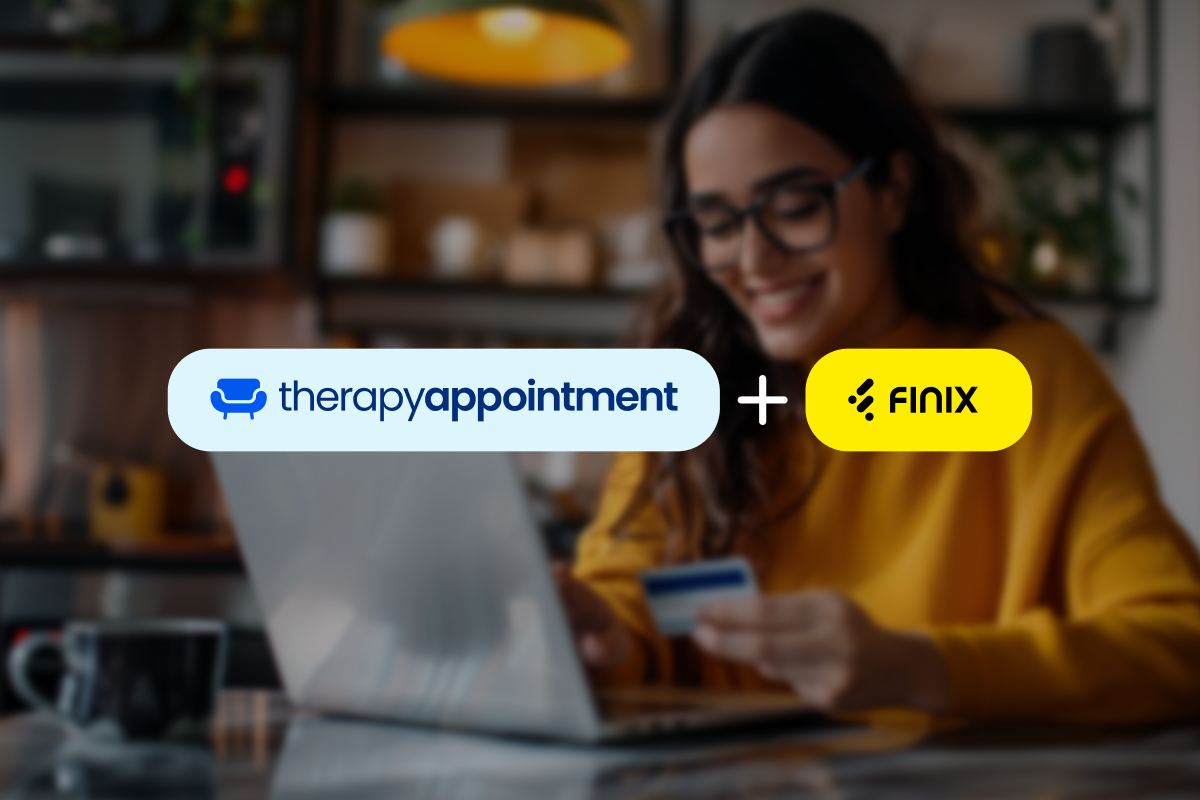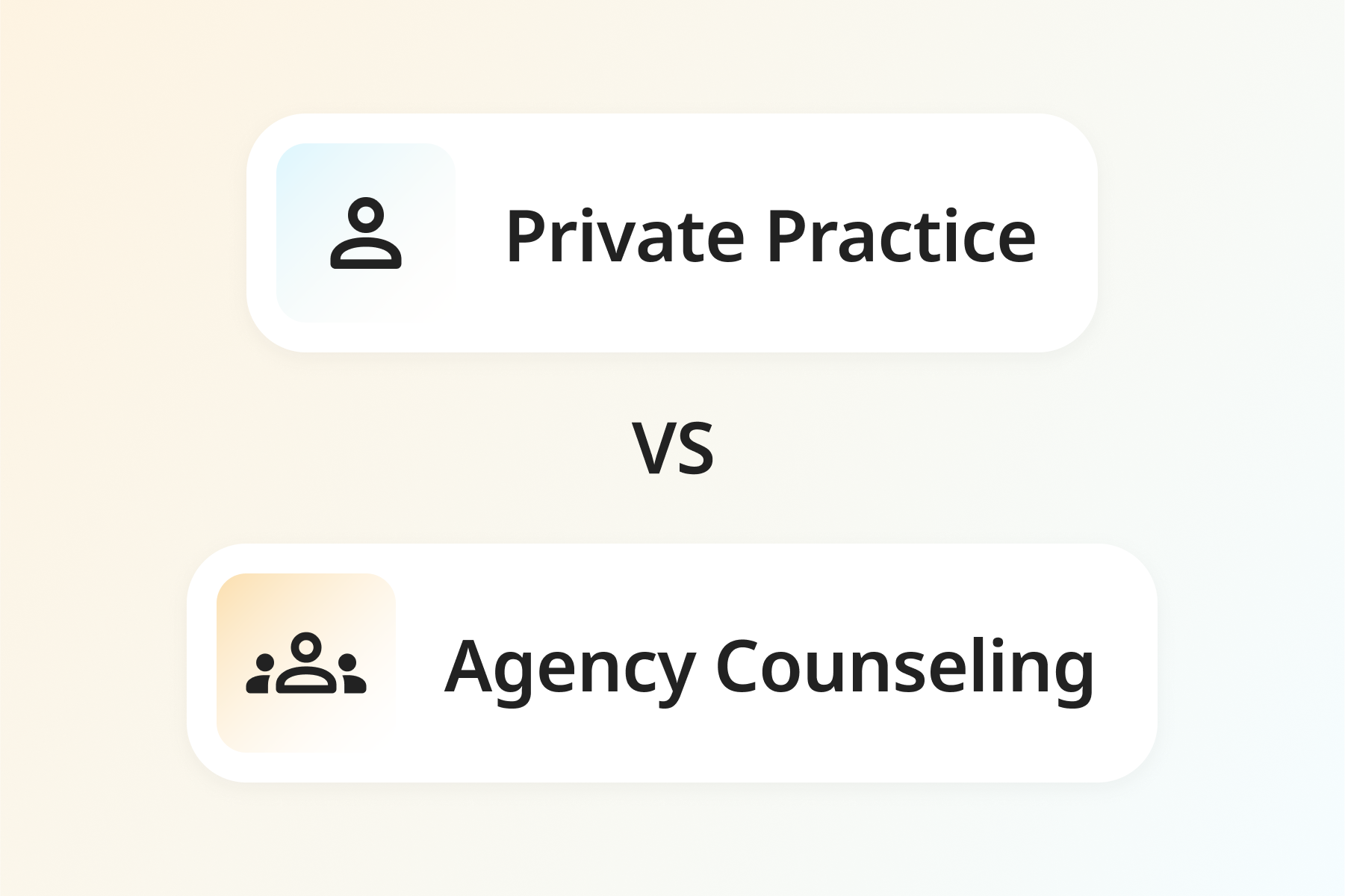Navigating Credentialing: From Group Practice to Private Practice


Transitioning from a group practice to your own private practice is a significant step in your career. One crucial aspect of this journey is ensuring that you are properly credentialed with insurance companies.
Below is a comprehensive guide to help you navigate the credentialing process with as little stress as possible.
Why credentialing is important
Credentialing allows practitioners to accept insurance from clients. Being credentialed as an in-network provider makes it easier for clients to use their insurance benefits to cover your services.
During the credentialing process, insurance companies will perform a thorough check of your professional background, including education, training, experience, and licenses, to verify that you are qualified to provide services to their insured members.
Tips for a smooth credentialing process
- Start early. Begin the credentialing process well before you plan to open your solo practice. The sooner you start, the less likely you are to face delays.
- Stay organized. Keep records of all your applications, follow-up communications, and contracts.
- Be persistent. Regular follow-up is crucial to ensure your applications don’t get lost in the shuffle.
- Ask for help. If you find the process overwhelming, consider hiring a credentialing specialist or consultant to assist you.
Initial questions to consider
Before you dive into the credentialing process, ask yourself (and your current practice manager if you don’t know the answers) these important questions:
- Do I have a CAQH Profile?some text
- Your CAQH profile belongs to you. If it was set up by someone else, obtain the username and password to manage it yourself.
- Do I know my NPI 1 number and login details for NPPES?some text
- Make sure that you have access to your NPI 1 information. If it was set up by your current practice, get the necessary login credentials.
- Do I already have an NPI 2 number and a business Tax ID number?some text
- These are essential for setting up your own practice and getting credentialed with insurance companies.
- Is the current practice in-network with all insurance companies?some text
- If not, are they billing out-of-network and whose Tax ID is being used to file claims?
Steps to getting credentialed
1. Establish Your Business Entity
Before you start the credentialing process, you’ll need to establish your business legally. This typically involves creating a Limited Liability Company (LLC) or other business entity. It’s a straightforward process and can be done on your state’s Secretary of State website.
2. Obtain an Employer Identification Number (EIN)
Once your business entity is registered, file here to get an EIN/TID number directly with the IRS. This number is essential for tax purposes and will be required by insurance companies during the credentialing process.
3. Update Your Address at NPI:
Update your address at NPI for your Type 1 and Type 2 NPI numbers. Don’t remove your current employer until all of your contracts are issued - being recognized as an in-network provider can decrease your credentialing time.
4. Complete a W-9 Form
The W-9 form is required to provide your Tax Identification Number (TIN) to insurance companies. You can download the form from the IRS website.
5. Set Up / Update Your CAQH Profile
Most insurance companies use the CAQH database to verify provider credentials. If someone at your current practice previously set up your CAQH profile for you, make sure that you have the username and password and update your profile with your new details.
6. Prepare Your Documentation
Having these documents ready will expedite the credentialing process:
- Copies of your state licenses and certifications
- Proof of malpractice insurance
- Education and training certificates
- A detailed resume
7. Contact Insurance Companies
Reach out to the insurance companies you want to credential with. Each company has its own specific application process, but generally you’ll need to submit an application and your supporting documents.
8. Follow Up on Your Applications
Follow up on your applications one week after submitting them for a status update. After that, check in every three weeks until your credentialing is complete. The average process time for an application is anywhere from 6 to 24 weeks.
9. Review and Sign Contracts
Once you’re approved, you’ll receive a contract from each insurance company. Read them carefully so you understand their requirements. File copies of all signed contracts for your records.
10. Use a Reliable EHR System
Managing your practice efficiently requires a reliable Electronic Health Record (EHR) system, like TherapyAppointment, to help you keep track of client information, billing, and insurance claims.
Good luck on your journey to building your own practice! For more tips on starting your own private practice, read our Practice Foundations blogs.

.jpg)

